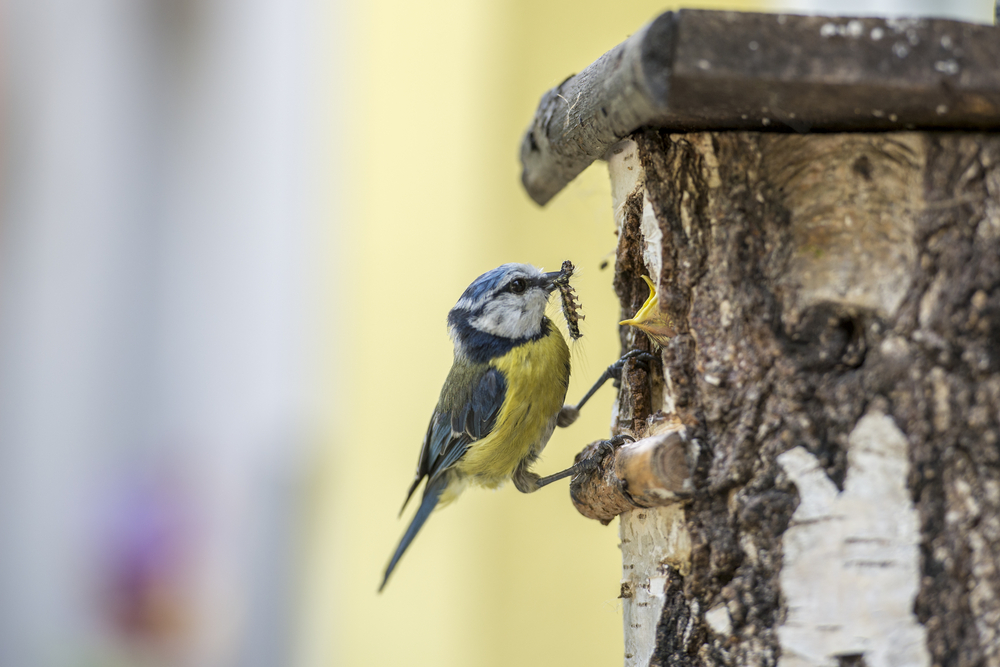Counting caterpillars is key to understanding what lives in NL

Dutch researchers are involved in a programme to determine exactly what birds are feeding their young, as part of a massive project to build an online infrastructure that recognises and connects all Dutch species.
The team, from the universities of Amsterdam and Twente, have devised nest boxes for breeding birds which have a sensor alerting an in-built camera to when the parent birds arrive, usually with a grub or a caterpillar.
The first field trials of the bird boxes are taking place in Amsterdam’s Vondel park and in the Veluwe heathland region.
Parent birds feed their young hundreds of times a day and the combination of sensor and camera means researchers no longer have to watch hours of footage to count what the chicks are being fed on.
Twente researcher Jacob Kamminga is now working on automating the entire process so that the system itself is trained to recognize what the baby birds are eating. ‘This will allow us to gather much more information and develop new insights easily,’ he told broadcaster NOS.
The nest boxes are one small part of the massive Arise programme which is led by the Naturalis biodiversity centre in Leiden. ‘You can compare Arise to a new space telescope,’ said programme manager Elaine van Ommen Kloeke.
‘That teaches us to understand space much better. Arise is made up of lots of much smaller parts which together give us a much more detailed understanding of everything that lives in the Netherlands.’
The Arise project is based on the work of five teams. One team is collecting specimens as the standard for all identification while a second is helping to identify all species based on DNA samples.
A third team is working on the identification of photos, sounds, radar images etc through artificial intelligence, a fourth is testing the latest monitoring techniques in the field, and the fifth is knitting all this data together, and making it accessible – so building the actual infrastructure.
The team hopes Arise will be functioning fully by 2030.
Thank you for donating to DutchNews.nl.
We could not provide the Dutch News service, and keep it free of charge, without the generous support of our readers. Your donations allow us to report on issues you tell us matter, and provide you with a summary of the most important Dutch news each day.
Make a donation